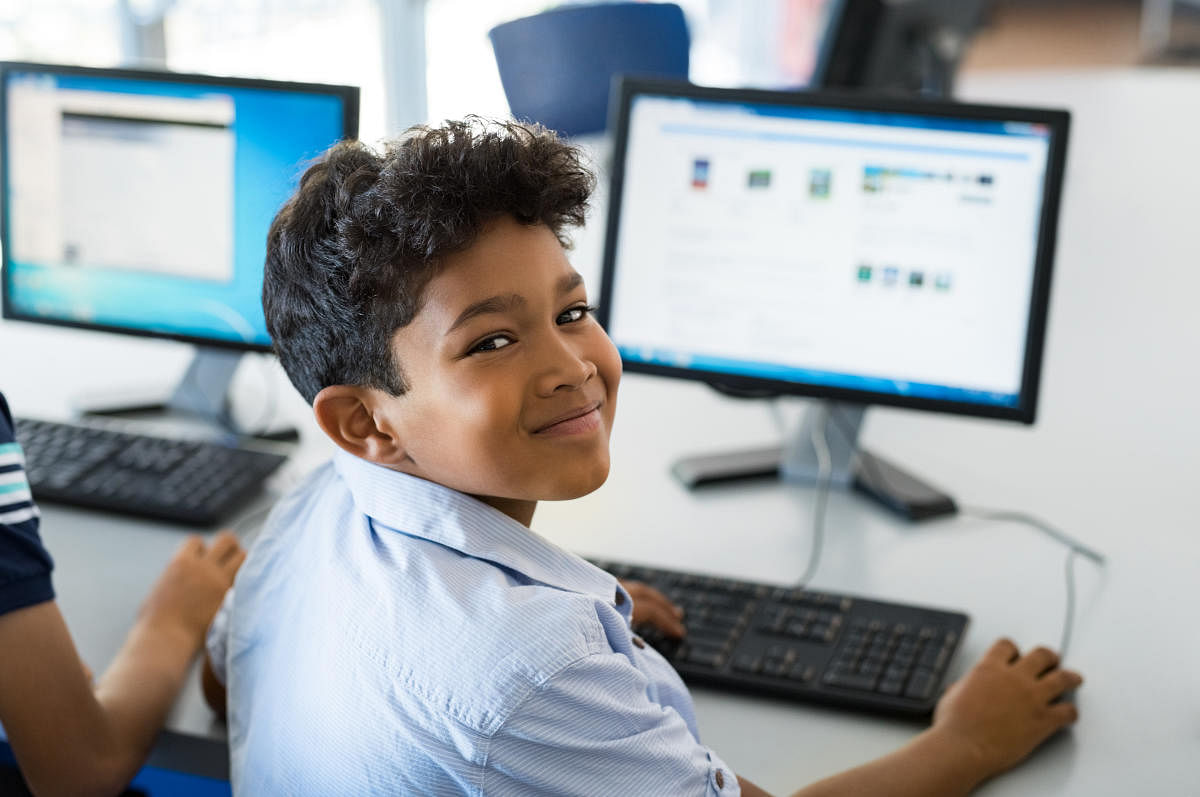
In the highly competitive 21st century, it is essential to use the most effective learning processes to get the best outcome. It is towards this end that the concept of personalised learning has gathered momentum in recent decades. Several technological advancements, new teaching techniques, and research in the enhancement of learning skills have all contributed to learning becoming more learner-centric or personalised. Modern educators have realised that to yield better results, the process of learning needs to be adapted to a learner’s abilities and pace. There is no one-size-fits-all attitude anymore.
Learning programme
Unlike the conventional learning process where the learner must follow a pre-
defined pace and scope of learning and adhere to a set schedule, personalised learning is exactly what it is referred to as. It has gained popularity courtesy of the evolution of information technology, artificial intelligence-driven learning tools and a deeper understanding of human learning skills. A student’s preference, career vision and learning aptitude are essential elements to be considered while creating a learning programme. The fundamental differences have come in the form of a variety of learning channels. Today’s learner can avail of online classes, question banks on websites, video tutorials and e-books any time.
Today’s educators use AI and data analytics tools to monitor a learner’s progress and identify patterns that help them in creating user-specific learning processes. This has made the interaction between students and teachers more holistic and real-time. Through technological tools, online tests and evaluation, it has become possible to get faster and more accurate feedback. Study materials have become dynamic, easy to update and personalised according to a learner’s capabilities.
Easy to understand
It is common to see a clear disconnect between teachers and students in classrooms. The teachers seem to be talking in a language that appears to be different and uninspiring from what is understood by the learners. The students can either progress faster or lag behind their peers. However, a personalised learning model is based on the understanding of students’ learning acumen, abilities, areas of interests, lifestyle, etc. These factors help create a more flexible, engaging and easy-to-understand learning environment that also fosters personal growth. The mediums of instruction include highly engaging options like video lessons, audio clips, comic books, animation, and interactive games. Creativity is given greater emphasis and students are given an opportunity to create digital presentations, videos, animations or comics to express their grasp of a subject.
One of the major benefits of personalised learning is that it affords the learners ample time to pursue the subjects of their interest. Personalised learning gives everyone the right tools to express themselves. This method of education has been highly instrumental in establishing learning parity between students with different learning abilities.
Personalised learning inculcates the habit of self-evaluation among students. Tools like quizzes and online assignments offer instant feedback and insight into one’s preparedness or the lack of it. These assessments are created based on the level of learning and the individual comprehension abilities of the student. The segmented as well as overall scores of a student help in finding out their strong areas and whether there is a need to improve in aptitude, language or analytical abilities.
Advanced technological tools give teachers insights into whether a person’s pace of learning and grasp is adequate to succeed in the desired government exams or modifications are needed. Typical government exams are conducted in the multiple-choice format needing detailed studies. Hence, personalised and activity-driven learning ambience proves to be much better for all stakeholders.
(The writer is with Testbook)